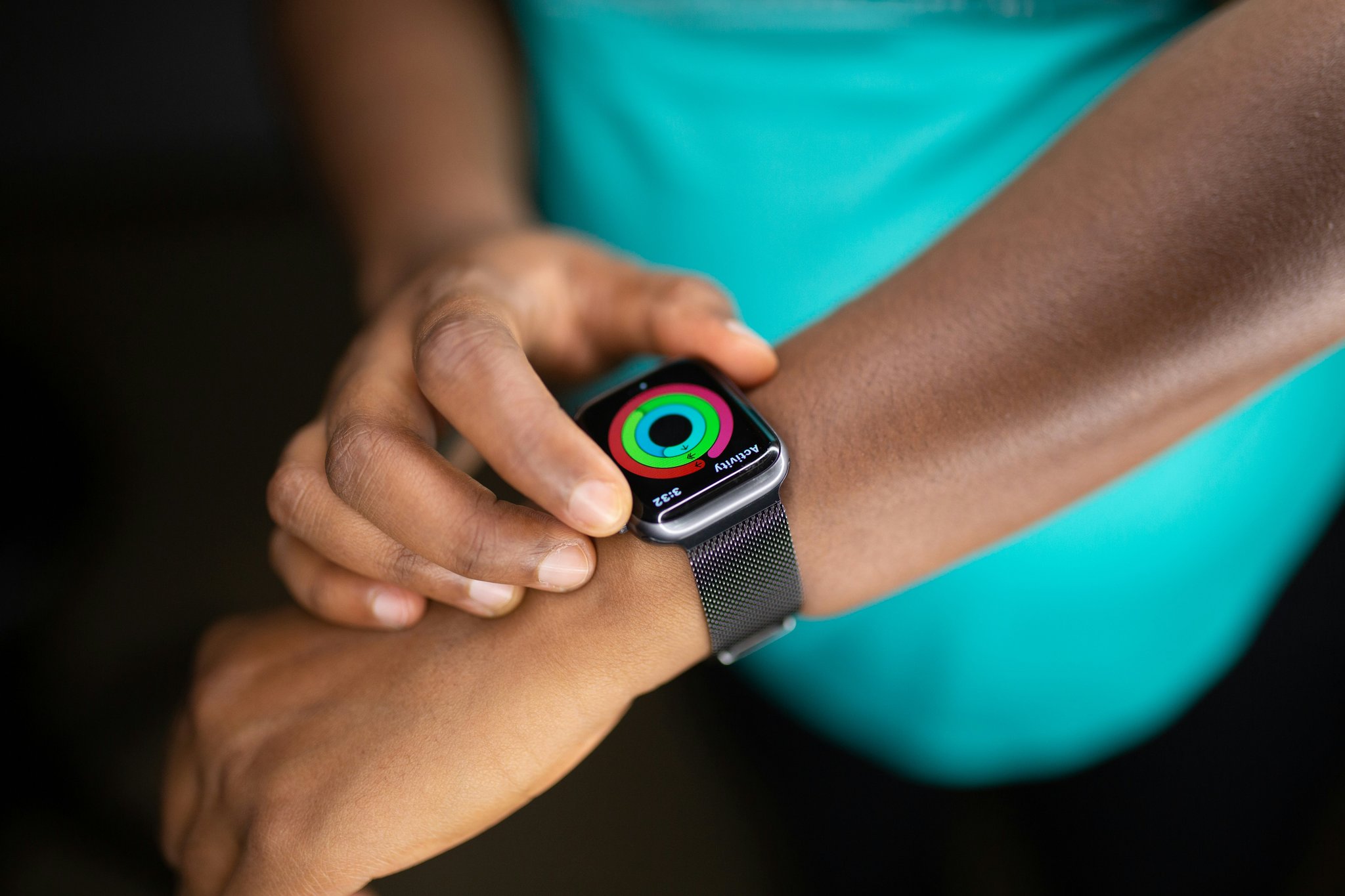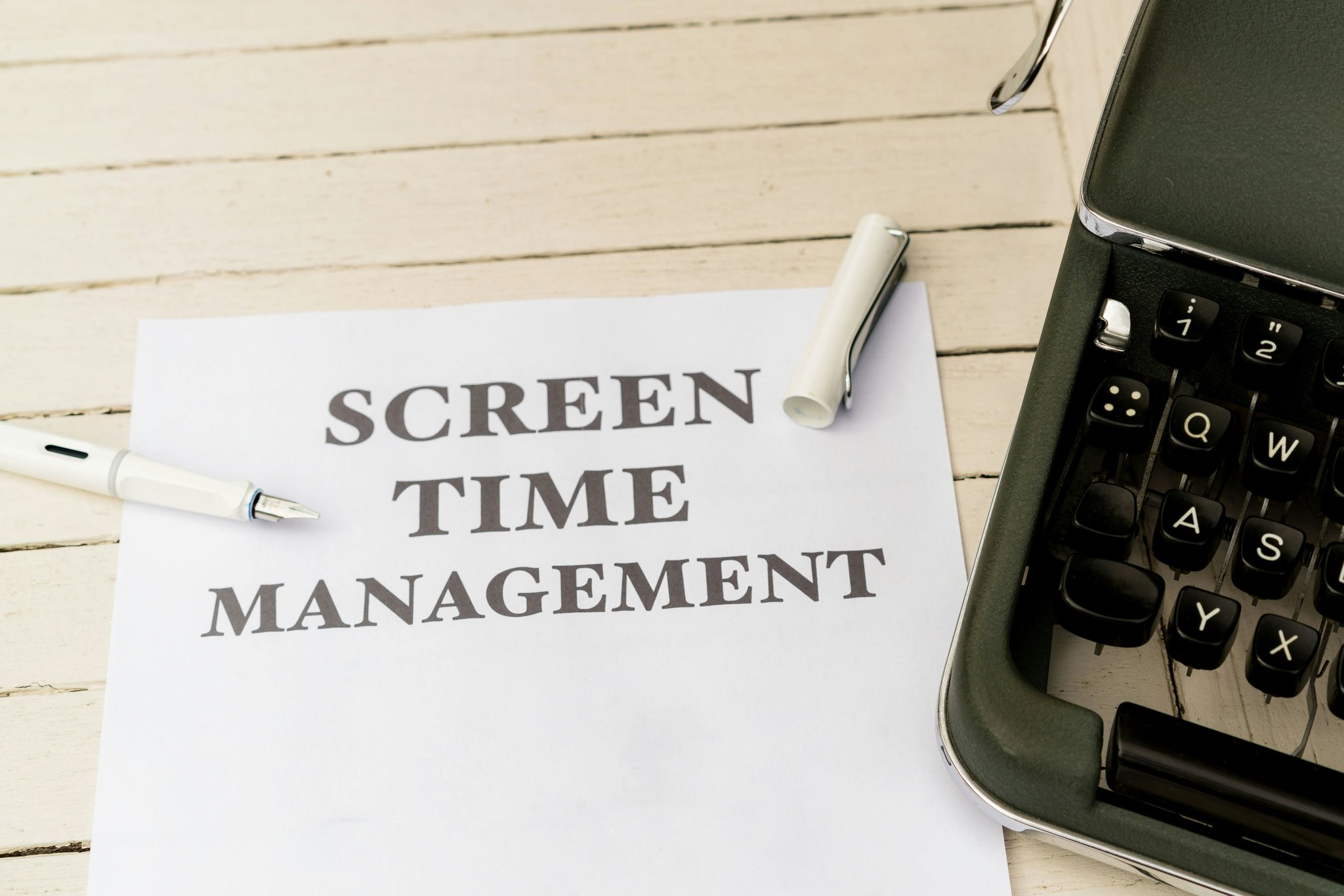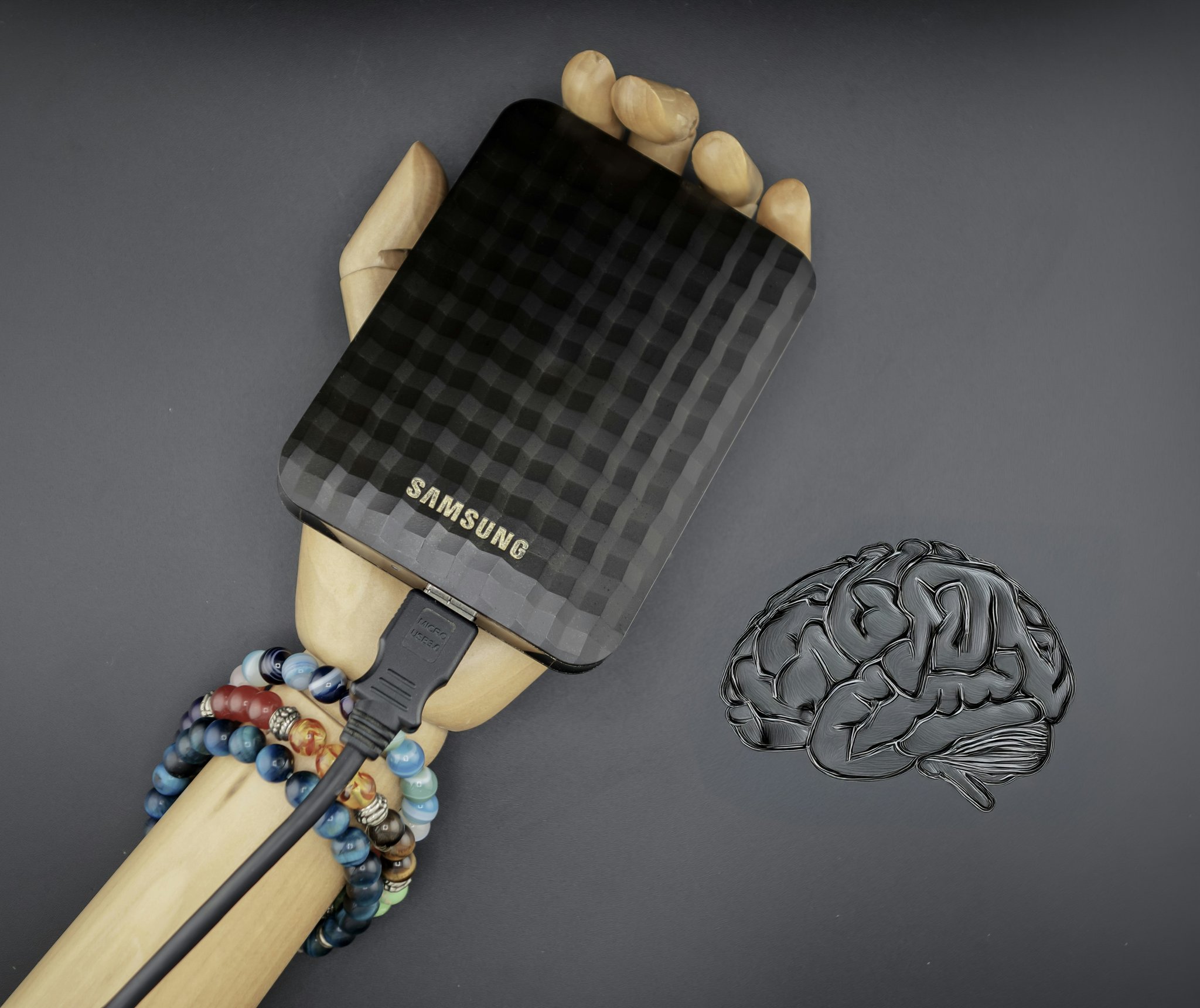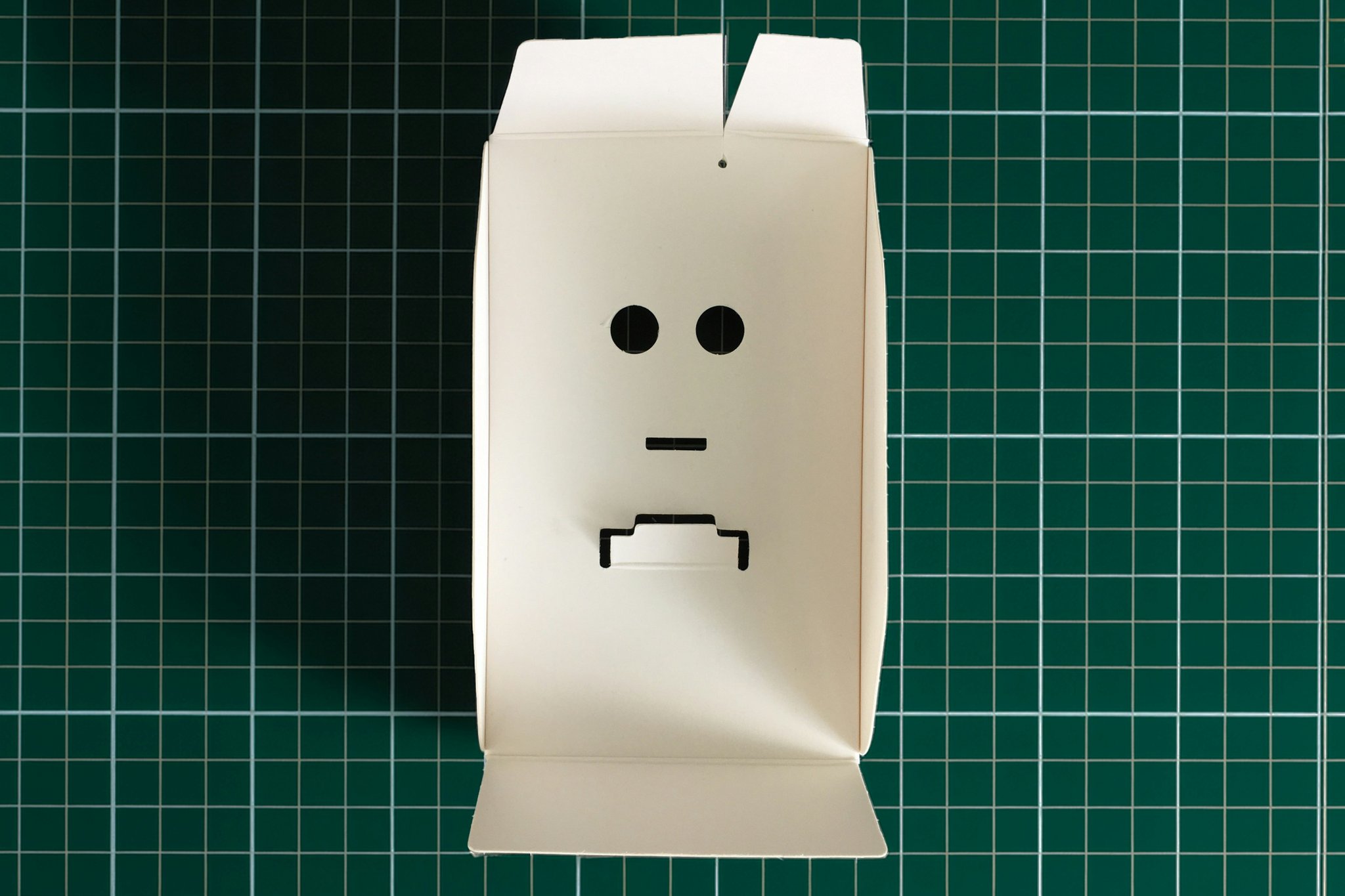Ever felt like your stress levels were a mystery, even to yourself? What if I told you there’s tech out there that can read your emotions better than your therapist—or your mom?
Welcome to the world of emotion-sensing devices. These nifty gadgets are transforming how we manage stress in our hyper-connected lives. Today, we’ll dive deep into why they matter, how they integrate with stress management apps, and what the future holds for this groundbreaking tech. You’ll learn:
- The science behind emotion sensing technology.
- Steps to choose the best app-device combo.
- Tips for maximizing its benefits (and avoiding pitfalls).
- Real-life examples of success stories.
Table of Contents
- Key Takeaways
- Why Emotion-Sensing Devices Are Game-Changers
- How to Pair Your Device with Stress Management Apps
- Best Practices for Using Emotion Sensing Tech
- Case Studies: Real People, Real Results
- Frequently Asked Questions About Emotion Sensing Devices
Key Takeaways
- Emotion sensing devices use biometric data (like heart rate variability) to track emotional states.
- When paired with stress management apps, these tools offer real-time feedback on your well-being.
- Optimization requires consistent usage and setting realistic goals.
- Pitfalls include over-reliance on metrics instead of listening to yourself.
Why Emotion-Sensing Devices Are Game-Changers

I once downloaded five different meditation apps thinking I’d finally master mindfulness. Spoiler alert: I ended up more stressed trying to remember which one had the ocean sounds versus mountain vibes. Enter the emotion sensing device—tech so smart it makes me feel dumb when I think about my failed attempts at self-care.
These devices aren’t just glorified Fitbits; they’re designed to measure physiological responses tied to emotions. Heart rate, skin conductance, facial microexpressions—you name it, they analyze it. This isn’t science fiction either; companies like Empatica and NeuroSky have paved the way with wearables that go beyond counting steps.
Here’s where things get wild. Imagine being alerted mid-email meltdown that your stress levels are spiking. Instead of waiting until you’re snapping at coworkers, an emotion sensing device nudges you toward a quick breathing exercise via your linked stress management app. Sounds like something straight out of Black Mirror—but in a good way, promise.
How to Pair Your Device with Stress Management Apps

Optimist You: “Wow, all I need is this tiny device and an app?”
Grumpy Me: “Yeah, but only if you stop forgetting to charge it.”
- Choose the Right Device: Look for compatibility with leading stress management apps like Calm, Headspace, or Moodpath. Wristbands tend to be less intrusive than headsets.
- Sync Setup Simplified: Most modern devices sync automatically via Bluetooth. Just download the companion app, follow prompts, and voilà!
- Customize Notifications: Turn off buzzes during meetings unless you want everyone wondering why you suddenly start meditating under the conference table.
- Integrate Daily Habits: Start small. Use your device during high-anxiety periods (commuting, presentations) before making it part of every waking moment.
Pro Tip: Don’t expect miracles overnight. Like training a puppy, consistency is key here. And yes, pun intended because c’mon, who doesn’t love dogs?
Best Practices for Using Emotion Sensing Tech

Absolutely DO NOT rely solely on numbers without tuning in to your gut feelings. One terrible tip floating around online claims ignoring human intuition entirely is fine as long as graphs look pretty. PLEASE IGNORE THAT ADVICE.
Instead:
- Combine Data with Self-Awareness: Numbers should enhance—not replace—your innate wisdom.
- Set Boundaries: Limit check-ins to avoid becoming obsessed with chasing perfect scores.
- Experiment Freely: Switch between apps to see which insights resonate most uniquely with you.
Rant Moment: Seriously though, why do some apps make their dashboards look like NASA control panels? Keep it simple, people!
Case Studies: Real People, Real Results
Meet Sarah, a marketing exec drowning in deadlines. After purchasing an emotion sensing wristband synced with her favorite stress management app, she noticed patterns no diary could reveal. Her evenings consistently showed elevated anxiety post-9 p.m., prompting her to establish screen-free hours after work. Six months later? Better sleep, less burnout, happier life.
Frequently Asked Questions About Emotion Sensing Devices
Are emotion sensing devices accurate?
Answer: While not foolproof due to individual differences in physiology, advancements in AI ensure increasing precision across diverse populations.
Do I really need another gadget?
Answer: It depends! If traditional methods haven’t worked, investing in an emotion sensing device might provide fresh perspectives.
Will insurance cover these?
Answer: Currently rare, though some wellness programs may reimburse costs depending on employer policies.
Conclusion
Emotion sensing devices paired with stress management apps represent a powerful shift in personal health tech. By leveraging both cutting-edge innovation and age-old self-awareness techniques, anyone can transform chaotic days into moments of calm clarity.
Before you sign off, here’s a little throwback gift:
Beep boop! Your Zen mode awaits, Like Tamagotchis—nurture daily.


